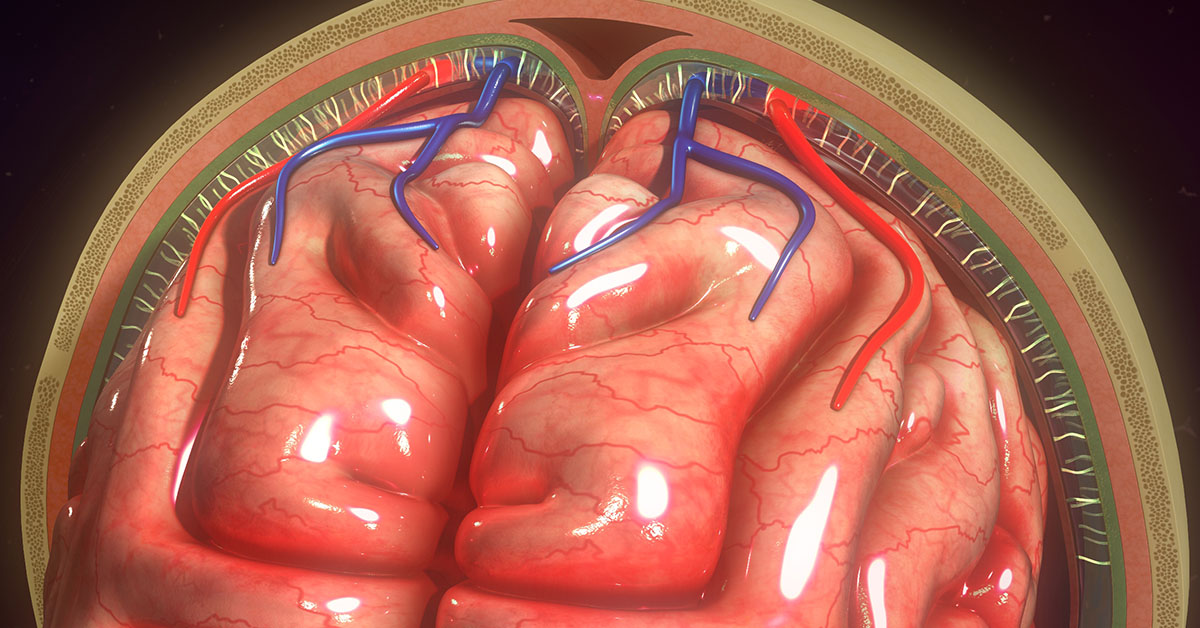Normal Pressure Hydrocephalus: gradual fluid buildup in brain, mostly in the elderly. Can cause brain damage.

What is Hydrocephalus?
Hydrocephalus is commonly referred to as water on the brain (in Greek "hydro" means water and "cephalus" means head). Hydrocephalus is a condition in which there is an excessive accumulation of fluid within the skull. This fluid is not actual water; rather it's cerebrospinal fluid. The abnormal buildup of cerebrospinal fluid (CSF) can lead to pressure on the brain.
Cerebrospinal fluid (CSF) is a clear fluid that surrounds the spinal cord and brain. A few of the functions of CSF include acting as a shock absorber, transporting nutrients, removal of waste, and regulating pressure in the brain. The body continuously produces and absorbs CSF; therefore anything that affects either of these can lead to an imbalance. Also, anything that interrupts the normal flow of CSF can create its buildup and the resulting pressure on the brain.
An excess of pressure on the brain is potentially harmful; thus hydrocephalus can cause permanent brain damage and even death. However, with appropriate treatment, most patients are able to lead normal lives with few limitations.
Normal Pressure Hydrocephalus
Normal pressure hydrocephalus is an adult onset form of hydrocephalus. It develops slowly over time and therefore differs from other types of hydrocephalus. This means that the drainage of cerebrospinal fluid (CSF) is gradually blocked, and the fluid buildup occurs slowly. It also means that symptoms often develop slowly and over a long period of time. The gradual buildup of CSF in the ventricles means that the resulting pressure within the brain may not be as much as in other forms of hydrocephalus. However, the "normal" part of the name of this condition is misleading because some patients actually do have changes in pressure (i.e., the amount of pressure is not normal).
Normal pressure hydrocephalus occurs due to a blockage in the areas where the cerebrospinal fluid (CSF) drains after exiting certain structures in the brain (ventricles). Since drainage is blocked, the amount of CSF in these structures starts to accumulate and they become enlarged. These enlarged ventricles can then compress the brain and cause damage to it.
Although normal pressure hydrocephalus can occur at age, it typically occurs in adults over 60 years of age.
What are the Causes of Normal Pressure Hydrocephalus?
Normal pressure hydrocephalus can be the result of any condition that blocks the flow of cerebrospinal fluid including:
- Head injury
- Brain tumor
- Bleeding within the brain (e.g., subarachnoid hemorrhage)
- Infection (e.g., meningitis)
- Complications from surgery.
- However many cases have no known cause.
What are the Symptoms of Normal Pressure Hydrocephalus?
Symptoms can begin slowly and be difficult to identify. It's thought that normal pressure hydrocephalus accounts for approximately 5% of all cases of dementia.
Primary symptoms of normal pressure hydrocephalus include:
- Cognitive changes (e.g., problems with memory, the ability to think/reason, or difficulty paying attention).
- Balance/coordination problems and/or difficulty walking (e.g., shuffling the feet or difficulty when starting to walk).
- Bladder (and occasionally bowel) incontinence
- Unfortunately, these symptoms are common in elderly patients, and may have other causes.
How is Normal Pressure Hydrocephalus Diagnosed?
Normal pressure hydrocephalus is estimated to impact 0.5% of the population over 65 years of age. Unfortunately, its symptoms are common in elderly patients, and may have other causes. Because symptoms often develop slowly and over a long period of time, they can be mistaken as part of the normal aging process.
A physician may perform following to diagnosis normal pressure hydrocephalus:
- Medical history: Discussing medical history (including head injuries & surgeries), current symptoms, and conditions/diseases that may affect the brain.
- Physical and neurological examination: Assessing cognitive function, gait (walking) and balance. Imaging studies: Patients suspected of having hydrocephalus will undergo imaging studies (MRI or CT scan) of their head.
- Diagnostic procedures: Patients suspected of having hydrocephalus may also undergo a procedure to drain some cerebral spinal fluid. A lumbar puncture (spinal tap) will be required to accomplish this. The patient will be observed after the drainage to determine if their symptoms improve.
How is Normal Pressure Hydrocephalus Treated?
Without treatment, symptoms often continue to get worse and can lead to death. Surgical treatment improves symptoms in many patients; however, not all patients see improvement in their symptoms. There is no way to accurately predict which patients will improve with surgery, although those with minimal symptoms generally have the best outcomes. If a patient's symptoms improve with cerebral spinal fluid drainage, then surgery is generally recommended.
There are several surgical procedures to treat hydrocephalus:
- Removal of the obstruction (e.g., brain tumor) causing the accumulation of cerebrospinal fluid (CSF).
- Ventricular shunt surgery: The goal of this procedure is to enable the excess CSF to flow out of the ventricle into another region of the body where it can be absorbed. A shunt (a thin, soft tube) is placed in the ventricle to accomplish this. The shunt has one-way valve that regulates the CSF flow.
- Endoscopic third ventriculostomy: This is a minimally invasive procedure where the surgeon creates new pathway through which CSF can flow by making a small hole in bottom of a ventricle.


